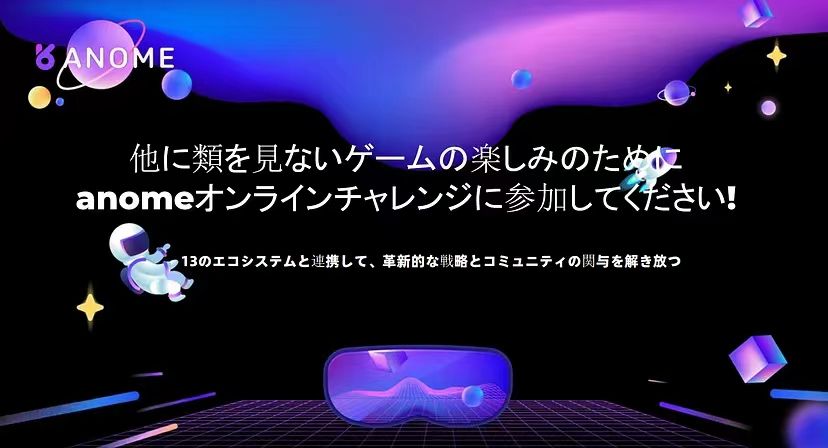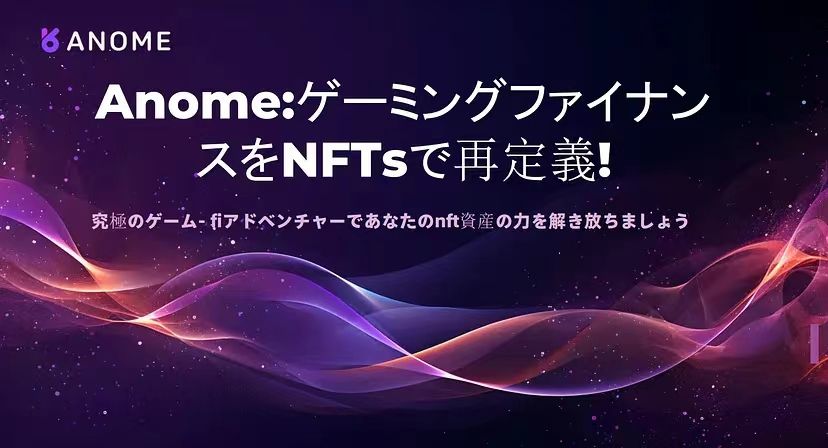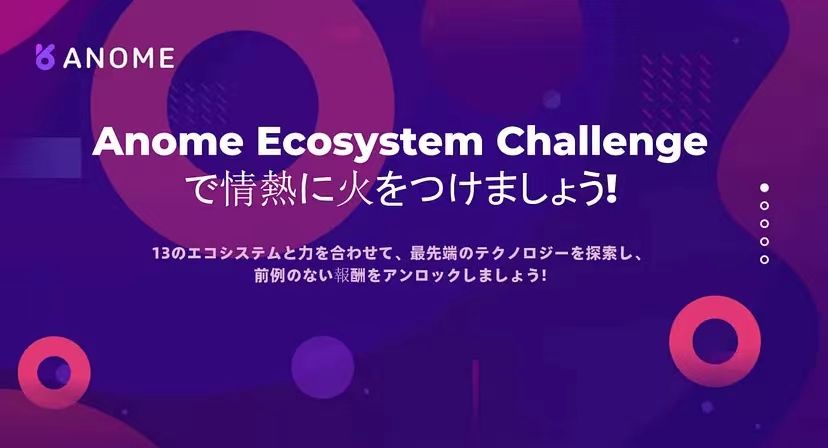AntShares 区块链的智能合约(FunctionCode)外传数据
上篇说到了部署智能合约,可以部署可以调用,但是现阶段官方没有提供查询FunctionCode返回值的方法,不过不要紧,AntShares是个不错的开源区块链项目,要自己加入获取FunctionCode结果值的方法不难。改开源项目不难,但是改了之后还要兼容以后的升级,那就有点麻烦,所以我这篇文章是尽量最小程度修改AntShares项目,读者愿意大改也可以。本文修改的重点在于AntShares.dl
上篇说到了部署智能合约,可以部署可以调用,但是现阶段官方没有提供查询FunctionCode返回值的方法,不过不要紧,AntShares是个不错的开源区块链项目,要自己加入获取FunctionCode结果值的方法不难。改开源项目不难,但是改了之后还要兼容以后的升级,那就有点麻烦,所以我这篇文章是尽量最小程度修改AntShares项目,读者愿意大改也可以。
本文修改的重点在于AntShares.dll,项目地址:https://github.com/AntShares/AntShares。本文的基本原理:智能合约的Storage.Get()执行会触发StateMachine.cs的private bool Storage_Get(ExecutionEngine engine) ,Storage.Get()会触发StateMachine.cs的private bool Storage_Put(ExecutionEngine engine) 。我的思路是,当智能合约调用Get方法时,就把Get方法的入参作为拦截对象,在AntShares.dll里面监听。所以,在写智能合约时故意使用Get变相作为智能合约往外传值(读者有兴趣的话,自己研究一下使用Put方法来拦截也可以,比Get方法修改量稍微多一点)。
智能合约调用的流程重点关注LevelDBBlockchain.cs这个源文件,其中以下代码是重点之一,我稍微改过一丢点:
case TransactionType.InvocationTransaction:
{
InvocationTransaction itx = (InvocationTransaction)tx;
CachedScriptTable script_table = new CachedScriptTable(contracts);
StateMachine service = new StateMachine(accounts, validators, assets, contracts, storages);
ApplicationEngine engine = new ApplicationEngine(itx, script_table, service, itx.Gas);
engine.LoadScript(itx.Script, false);
if (engine.Execute() == true)
{
//MySocket.send("log:engine.Execute()-->true");
service.Commit();
}
else
{
MySocket.send("log:engine.Execute()-->false");
}
}
break;大概的用法是当执行调用合约时,先执行Script,再写入leveldb一些Script指定的数据,可以是系统本身所需要的数据和用户使用Put方法想要存储的数据,这顺序很重要,因为使用Get()获取刚刚Put进去的数据会出错。
接下来说说加入了哪些代码。1、在antshares新增SocketClient.cs,用于把数据通过TCP传到本机的其他软件系统,也可以用来打log,代码如下:
using System;
using System.Collections.Generic;
using System.Linq;
using System.Text;
using System.Threading.Tasks;
using System.Net;
using System.Net.Sockets;
using System.Threading;
namespace AntShares
{
class MySocket
{
static SocketClient clientSocket;
static public void send(String msg)
{
if (clientSocket == null) {
clientSocket = new SocketClient();
clientSocket.connect();
}
String newMsg = msg + "\r\n";
clientSocket.send(newMsg);
}
}
class SocketClient
{
Socket clientSocket = null;
int port = 2017;
/// <summary>
/// 作为客户端,只主动连接指定端口的TCP Server
/// </summary>
public void connect()
{
IPAddress ip = IPAddress.Parse("127.0.0.1");
if (clientSocket == null)
clientSocket = new Socket(AddressFamily.InterNetwork, SocketType.Stream, ProtocolType.Tcp);
try
{
clientSocket.Connect(new IPEndPoint(ip, port));
}
catch{}
}
public Boolean isConnected()
{
if (clientSocket != null)
return clientSocket.Connected;
return false;
}
public void send(String msg)
{
if (isConnected() == false)
connect();
try
{
clientSocket.Send(Encoding.UTF8.GetBytes(msg));
}
catch { }
}
public void close()
{
try
{
clientSocket.Shutdown(SocketShutdown.Both);
//clientSocket.Close();
}
catch { }
}
}
}
PS:智能合约在VM上跑本来就是为了安全地黑盒里运行,这回突破了黑盒一点点,理应智能合约传数据到本机其他业务系统。
2、修改StateMachine.cs。智能合约调用Storage.Get()方法触发private bool Storage_Get(ExecutionEngine engine),我们只讲对private bool Storage_Get(ExecutionEngine engine)的修改,对含“result=”的Storage.Get()入参进行捕获:
private bool Storage_Get(ExecutionEngine engine)
{
MySocket.send("log:Storage_Get...........");//纯粹打日志
StorageContext context = (StorageContext)(byte)engine.EvaluationStack.Pop().GetBigInteger();
UInt160 script_hash = CheckStorageContext(engine, context);
if (script_hash == null) return false;
byte[] key = engine.EvaluationStack.Pop().GetByteArray();
StorageItem item = storages.TryGet(new StorageKey
{
ScriptHash = script_hash,
Key = key
});
engine.EvaluationStack.Push(item?.Value ?? new byte[0]);
string key1 = System.Text.Encoding.UTF8.GetString(key);
if (key1.IndexOf("result=") == 0)//判断是否FunctionCode函数的返回值,对"result="监视
{
key1 = key1.Remove(0, "result=".Length);
MySocket.send("FunctionCode Result--->" +key1);
}
return true;
}3、接下来贴出智能合约的源码,更多智能合约的代码看项目主页:
using AntShares.SmartContract.Framework;
using AntShares.SmartContract.Framework.Services.AntShares;
namespace AntShares.SmartContract
{
public class HelloWorld : FunctionCode
{
public static void Main()
{
//修改AntShares.dll,通过监听get方法来获得FunctionCode的返回结果
string text = "result={\"jsonrpc\":\"2.0\",\"i\":1}";
Storage.Get(StorageContext.Current, text);
}
}
}
智能合约使用“result=”作为监视标记,在private bool Storage_Get(ExecutionEngine engine)捕获到“result=”就把后面的json通过TCP发出去。通过TCP工具(作为本机外部系统角色)可以收到智能合约主动发出的数据:
更多推荐
 已为社区贡献2条内容
已为社区贡献2条内容










所有评论(0)